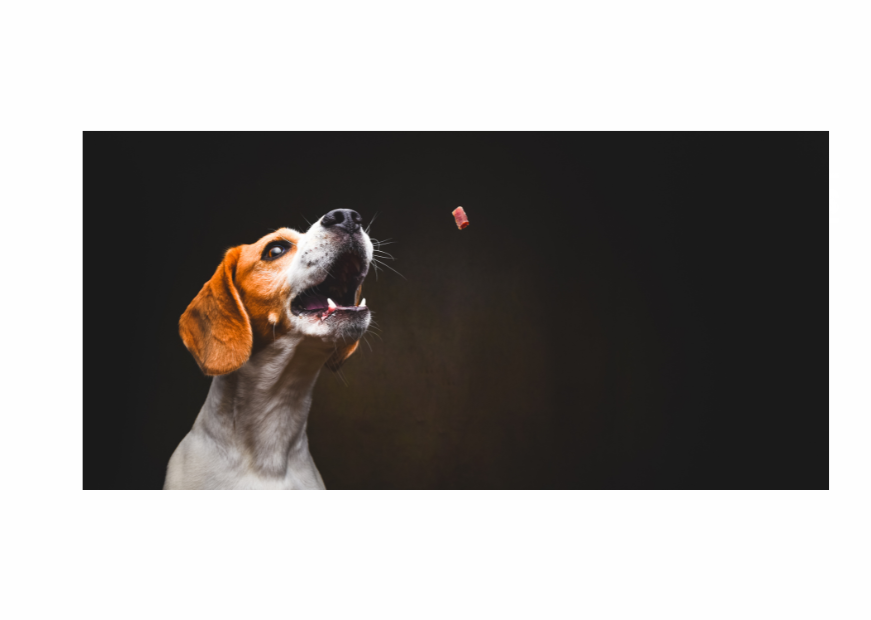Does my dog need fruits or vegetables?

Do I need to add Fruit or Vegetables to my Dog’s Raw Meals?
Meat is packed with vitamins! It is also packed with minerals and beneficial fats too.
If your dog’s diet includes a variety of proteins and especially includes some raw meaty bones there is very little extra needed. In short, the answer is No, you don’t need to provide fruit or vegetables for your dog, however there could be some reasons to do so, we have explained these below.
Your Dog’s Nutrient Requirements
The traditional, original, raw feeding movement was simply to feed raw, meaty bones of various proteins with a very small amount of easily digested (or pre-digested) plant matter, this was a literal copy of how carnivorous canid animals were observed to eat in nature.
Raw meaty bones are now also offered as ready-blended minces, such as The Farmers Dog minces.
Today there is also a set of guidelines, known as the European Fediaf Nutritional Guidelines that has provided a benchmark of minimum nutrient requirements for dogs. You, as your dog’s guardian, can follow these to support your dog in receiving all the nutrition they need.
The nutrient requirements were originally set out to assist manufacturers of processed pet foods to meet basic nutrient requirements and use the term ‘Complete’ on their labelling. Processed pet foods are usually created with more grains or legumes and so the guidelines include higher minimums of certain nutrients to compensate for that.*
Those higher requirements mean that in order to meet the Fediaf pet food guidelines with your dog’s raw meals, you will find you need to add extra Vitamin E, Zinc and very likely Choline too.
Just a small amount of certain greens, such as those listed below, are needed to add those nutrients.
Extra Vitamin C
Dogs can make their own Vitamin C, however in our modern world pollution is growing, the requirement is outgrowing the amount our dogs can produce themselves, so adding the greens supports your dog to always have enough.
Useful Plants to feed your dog
Greens
Wheatgrass powder has the Vitamin E and Zinc content to satisfy the Nutritional Guidelines.
1 teaspoon per day is enough for small to medium dogs, 2 teaspoons a day for bigger dogs or dogs who need a super nutrient boost for a couple of weeks.
Wheatgrass is not the same as grain wheat, and is also anti-yeast.
Broccoli, especially tenderstem, is a great vegetable for dogs. A couple of stems for a medium sized dog provides the needed Choline. Broccoli sprouts are even better!
Eggs also cover the Choline should you prefer to add those rather than broccoli.
Broccoli needs to be lightly cooked or blended to ensure your dog can digest it.
The rest of your dog’s vitamin and nutrient requirements, including many nutrients not included in the Fediaf pet food guidelines, are met with your dog’s blended pet minces and raw meaty bones. Adding any other vegetables is a choice rather than a nutritional need.
Fruits
Occasional berries, such as blueberries or wild blackberries could provide your dog with additional antioxidants. There is very little fruit your dog could or would need otherwise. Although flesh of fruit itself is not toxic for dogs it is not needed, and usually has far too much sugar.
The truth is whilst almost all fruits and vegetables are not toxic to dogs, they simply do not need them for nutrients. Meat is highly nutritious for dogs, perhaps more than we realise.
* Footnotes and substantiations https://europeanpetfood.org/wp-content/uploads/2022/03/Updated-Nutritional-Guidelines.pdf













